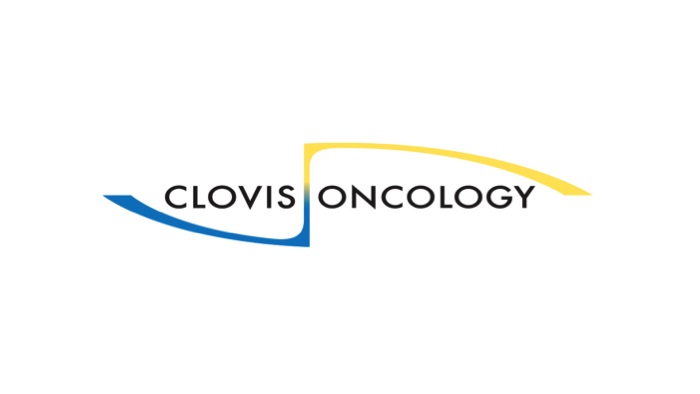Clovis signs radiopharmaceuticals R&D deal with German biotech 3B

Clovis Oncology has become the latest pharma to invest in radiopharmaceuticals, signing a licensing and collaboration deal with Germany’s 3B Pharmaceuticals to develop a therapy and imaging agent targeting FAP, a protein commonly found in several cancers.
US-based Clovis will pay the privately-held biotech $12 million up front in the deal, which will first focus on a peptide-targeted radionuclide therapy and imaging agent targeting fibroblast activation protein, or FAP for short.
FAP is highly expressed in many epithelial cancers, and more than 90% of breast, lung, colorectal and pancreatic carcinomas.
Clovis will conduct global clinical trials and has obtained US and global rights excluding Europe and Russia, Turkey and Israel, where 3B retains rights.
Clovis will also have global rights to three other targets for radionuclide therapy selected through a collaborative discovery programme.
3BP will also receive other payments from Clovis when certain development and regulatory goals are met, plus low double-digit royalties upon approval.
Clovis will be responsible for a limited number of 3BP full-time employees and external costs during the prelinical development.
Clovis said research and development expense guidance in its last set of quarterly financial results will not change as a result of the announcement.
Although Clovis has got its PARP inhibitor class drug Rubraca (rucaparib) approved in ovarian cancer its pipeline looked thin, with a VEGFR drug lucitanib the only other candidate left after the company ended development of its rociletinib in lung cancer because of cardiac safety problems.
Clovis’ CEO Patrick Mahaffy said: “We are extremely enthusiastic about the opportunity to develop this novel class of targeted radiopharmaceutical therapies, with an initial focus on fibroblast activation protein alpha.
“Targeted radiopharmaceutical therapy represents a next frontier in oncology drug development, with potential application across multiple tumuor types. In particular, FAP represents a very compelling target given its overexpression across numerous tumuor types and limited expression in healthy tissue.”
Following the success of Novartis’ Lutathera (lutetium Lu 177 dotatate) which was approved in certain gut tumours in 2018, rival pharma companies are showing an interest in the field of radiopharmaceuticals.
Last year the Swiss pharma forked out $3.9 billion to buy Advanced Accelerator Applications to get hold of Lutathera.
AstraZeneca has signed a deal with UK biotech Theragnostics to develop PARP inhibitors attached to radioactive atom, which like Clovis and 3BP’s drug can be used both as a therapy and an imaging agent.
And in April Fusion Pharmaceuticals has raised $105 million in an oversubscribed second funding round to research therapeutic radiopharmaceuticals.
Bayer’s Xofigo (radium 223) was a trailblazer in this field following FDA approval in 2013 – a calcium mimic, the drug selectively binds to bone metastases in prostate cancer to deliver a localised dose of radiation.












